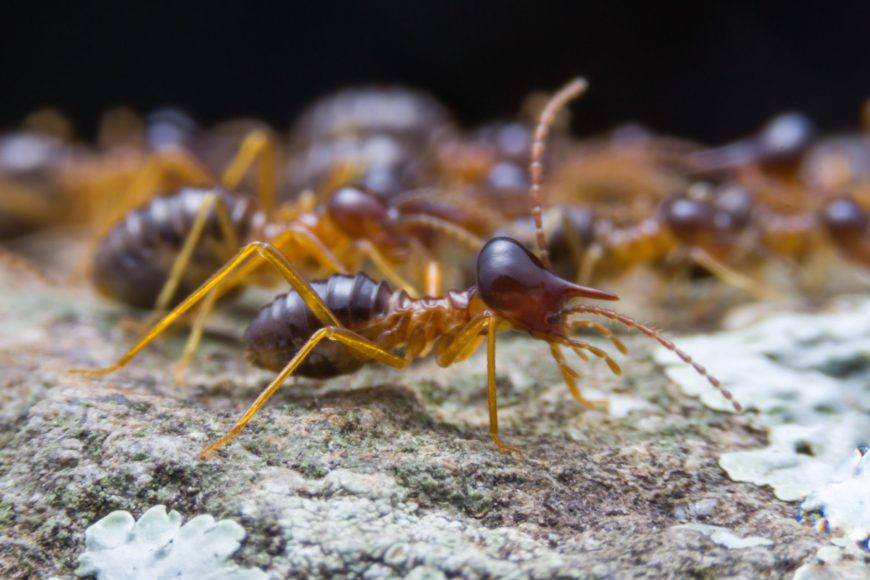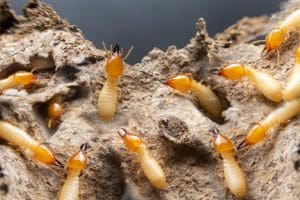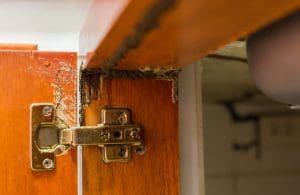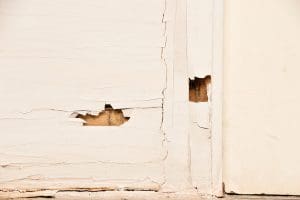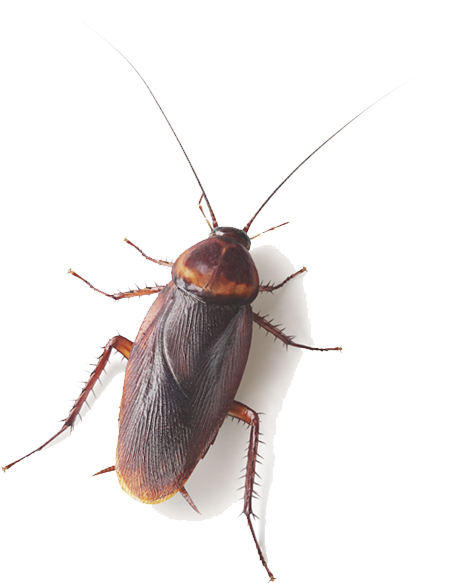How to Detect Termites In Your Home
Termites are one of those problems that all property owners live in fear of. If you don’t detect termites early enough, the damage can end up being extensive and very costly. Termites aren’t fussy about what type of wood they eat, meaning they can take up residence in anything from a tree to a pile of building materials, and often cause mass destruction before they are detected. Luckily, in performing a few regular checks on your home, you can reduce the risk of expensive repairs and save yourself a lot of future hassle.
How To Detect Termites In Walls:
While it’s recommended that you pay for a professional to check your premises once a year to see if termite removal is required, examining it yourself once a month (or fortnightly if you live in a rural or bushy area) can help with early detection. Once you know where to look, it’s just a matter of knowing what to look for.
Termites eat wood from the inside out, which can make them extremely tricky to spot, so make sure you take your time when performing any searches, and do so carefully.
This simple guide will help you to discover how to detect termites in your home or residence:
1. Know what to look for
There are two types of termites: drywood and subterranean. While both are experts in concealment, damage by the subterranean termite appears as swollen wood or water damage, and drywood termite damage can be difficult to detect until it’s too late.
Both types of termites are similar in appearance, with a whitish colour and non-segmented body. You will never see a termite out in the open as they need dark, moist conditions to survive.
2. Know where to check
- The garden – Check all tree stumps and any wood that comes in contact with soil, such as fences or outhouses. Termites can tunnel up to 150 metres from their main nest, so keep that in mind if you do find any close to the building.
- Building perimeters – Termites can easily bridge gaps over ant caps to gain access to your home, so check the base thoroughly. If your home is built on stumps, grab a torch and get underneath the house as well.
- Verandahs and skirtings – Anything that is made from wood and attached to the home should also be checked.
- The interior – Termites often get through cracks in the concrete slab, and the first you know about it is when the major damage has already been done. Because termites rely on concealment, they leave behind a layer of wood to protect themselves. You need to look for any indents in the paint or signs of soft, spongy wood. That’s a sure sign that it’s time to call the professionals.
- Roof – Don’t forget to check the roof where possible, particularly above bathrooms or other moist areas.
3. Understand how to easily detect them
- Hold a screwdriver by its wrong end, and use the handle to tap on walls and wood panels. Listen out for a hollow sound.
- Termite bridges are called ‘mud leads’ and appear as muddy looking squiggly tracks. Termites use this technique so they don’t have to go out into the open.
- Just because you have a concrete slab, that doesn’t mean you are safe. Cracks are the easiest way for termites to enter a building, so be sure to check the interior thoroughly.
- Termites can sometimes make a noise if they are disturbed. You may hear a faint knocking or tapping noise – this is the soldier termite’s head butting the wood to alert the workers.
- If you discover termites, try not to disturb them, and call professionals immediately. Termites will attempt to return to the nest if disturbed, and you’ll miss your chance to treat them unless you discover where their nest lies.
- On painted surfaces, look for blistering, indents in the paint, or paint developing a papery, thin appearance. This applies to both interior and exterior surfaces.
See the type of damage that Pestline has encountered while dealing with termites:
The Final Word
Did you know there are over 350 species of termites in Australia? It’s common to have termites in your home, but don’t let those sneaky termites turn your home into their personal buffet! We’ve shared some handy tips to help you detect termites, but getting rid of them is a job best left for the experts.
Reach out to us and your home will thank you!
Want to know how to get other bugs out of your home? Check out our other blogs:

